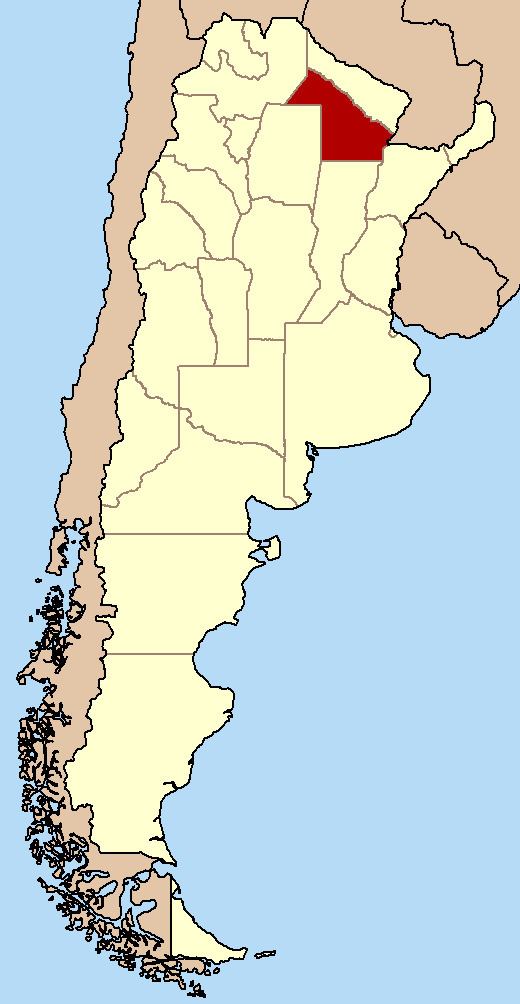ISO 639-3 ule Glottolog lule1238 | Language family Lule–VilelaLule Linguist list ule | |
 | ||
Native speakers (possibly 5 families cited 1981) | ||
Lule is an indigenous language of northern Argentina.
Contents
Lule may be extinct today. Campbell (1997) writes that in 1981 there was an unconfirmed report that Lule is still spoken by 5 families in Resistencia in east-central Chaco Province.
It is unclear if it is the same language as Tonocoté.
Genetic relations
Lule appears to be distantly related to the still-spoken Vilela language, together forming a small Lule–Vilela family. Kaufman (1990) finds this relationship likely and with general agreement among the major classifiers of South American languages. Viegas Barros published additional evidence 1996–2006. Zamponi (2008) and other authors consider Lule and Vilela two linguistic isolates.
There were three distinct groups known as Lulé:
Data
In 1586 Father Alonson Bárzana (Bárcena) wrote a grammar of Tonocote, which is now lost. In 1732 Antonio Maccioni (Machoni), who was not aware of Bárzana's grammar, wrote one of his own, Arte y vocabulario de la lengua lule y tonocoté ('Art and vocabulary of the language of the Lule and Tonocote') of the Lule-Tonocote language at the mission San Esteban de Miraflores. This is our primary data on the language. Métraux (1946) concluded that Lule and Tonocote were distinct, and perhaps unrelated, languages, and that the Tonocote at the Miraflores mission had shifted to the Lule language by the time of Machoni.
Machoni records a language with vowels /a e i o u/ and few consonants. Final syllables are stressed. There are consonant clusters in initial and final position: quelpç [kelpts] 'I split', slimst [slimst] 'I blow my nose', oalécst [walekst] 'I know', stuç [stuts] 'I throw'.
